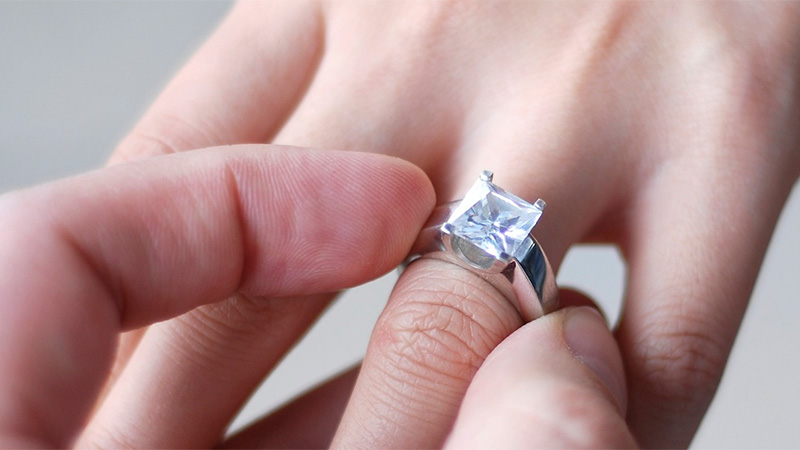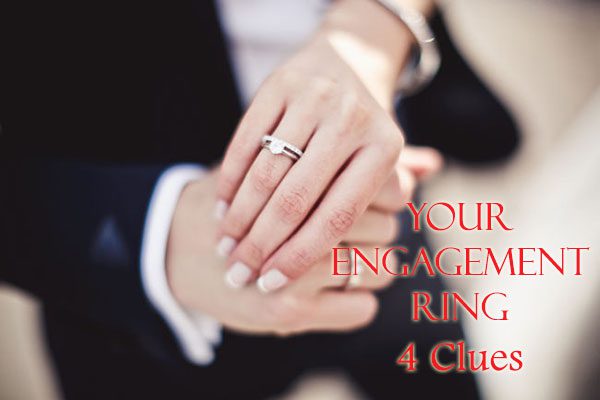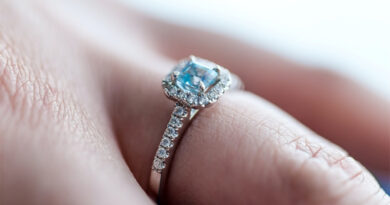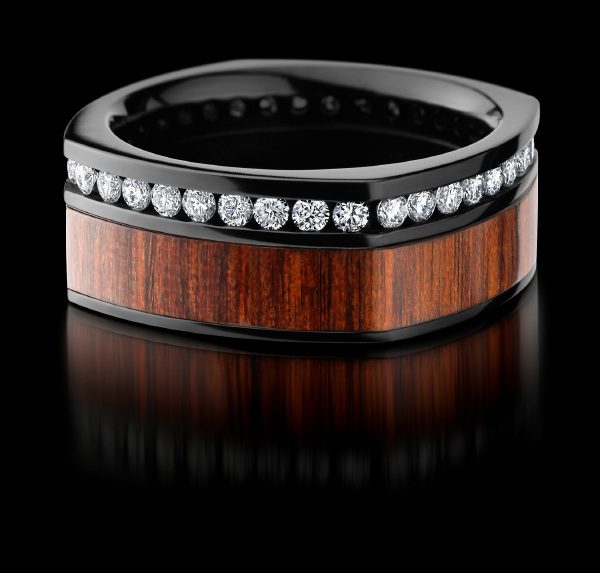The Evolution Of Diamond Engagement Rings: An Ever-Changing Trend
Diamonds are one of the most sought-after stones in the world, and are found mostly in the form of wedding and engagement rings. Diamonds can be cut into virtually any shape, but there are ten common shapes most people are familiar with. If not by name, then by sight.
There’s no doubt these precious stones are beautiful, but why are we so drawn to diamonds? Scientists say humans are drawn to jewels due to an innate reflex to find water, but that’s not the whole story. There are plenty of stones that shine. Understanding how the diamond market became a success is the key to understanding why our society fell in love with this specific rock.

A brief history of how we came to love diamonds
Until the mid-1800s, diamonds were extremely rare; only wealthy monarchs could afford to sport the beautiful stones on their hands, embedded in crowns, and around their necks. When diamonds were discovered in South Africa, the diamond market was flooded, demand went down, and so did the price.
Like any commodity, an increase in the supply of diamonds threatened their intrinsic value and desirability. However, a man named Cecil Rhodes saw an opportunity to change that. In 1880, he created the De Beers Mining Company. A few years later, De Beers owned nearly all diamond mines in South Africa. By 1888, De Beers had a monopoly on all South African diamond production and distribution.
To drive up prices by creating scarcity, Rhodes created several distribution channels under different names like “The Diamond Trading Company” (London) and “The Syndicate” (Israel). Other diamond distributors did the same, since it was in everyone’s financial interest to collaborate. By the time Rhodes died in 1902, De Beers controlled 90% of the world’s diamond production, but it wasn’t an empire yet.
By 1927, Ernest Oppenheimer, a former De Beers competitor, became chairman of the board and established exclusive contracts with suppliers and buyers, guaranteeing a total monopoly on the diamond industry.
Diamond prices fell in the 1930s, so the Oppenheimer family began marketing diamond jewelry with the slogan, “A diamond is forever.” The goal was to sell more diamonds by equating diamonds with love, and it worked.
Diamonds are revered to this day
Although it’s an advertising slogan, diamonds really are forever. Not only are they virtually indestructible, but they are a timeless fashion. Depending on the setting, new diamond rings can cost the same as vintage engagement rings from the 1800s.
Diamonds are, and always have been an inherently beautiful stone. They can be cut in virtually limitless ways to produce facets that form geometrical patterns and catch the light in specific ways.
People are still drawn to the ribbon-shaped bands of the 1930s, the round-cuts of the 1940s, and the pear-shaped cuts from the 1950s. It was Audrey Hepburn’s engagement ring with three gold bands that made stackable bands all the rage in the 1950s. Stackable bands are still popular today.
In the 1960s, diamonds were cut to look like emeralds. Jackie Kennedy’s engagement ring had a combination of diamonds and emeralds, making colored gemstones a popular engagement ring choice during that time.
Emerald-cut diamonds remained popular throughout the 1970s, and the 1980s saw an explosion of colorful diamonds and other gemstones. Perhaps because of the Sapphire ring Prince Charles gave to Princess Diana. Her ring was so popular that many replicas were made, and are sought after to this day.
When grunge hit the stage in the 1990s, engagement rings earned some sharper cuts and bold bands. White gold replaced yellow gold. By the 2000s, diamond engagement rings found their way back to thinner bands and a delicate appearance with princess cuts and cushion-cuts.
Popular styles may cycle around, but diamonds aren’t going to lose value anytime soon.
Diamonds will continue to gain value
Diamonds have increased in value even though De Beers no longer controls the market. Their share in the market has fallen to 30%. Statistics show the price of diamonds has increased by 33% over the last decade. That’s an increase of about 4% each year. The monetary value of diamonds does fluctuate, like it did in 2008 when diamonds dropped by 12%. However, in the minds of people, the value holds strong.
Diamonds have become more than a symbol of wealth. They’ve become a symbol of love and commitment. Thanks to the great marketing by De Beers, people will still buy diamond engagement rings when the monetary value of diamonds drops.



